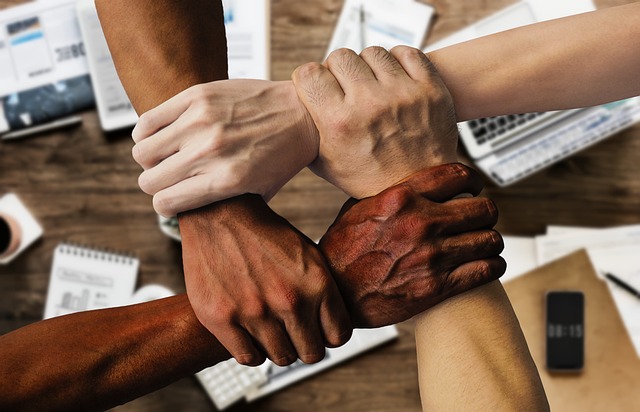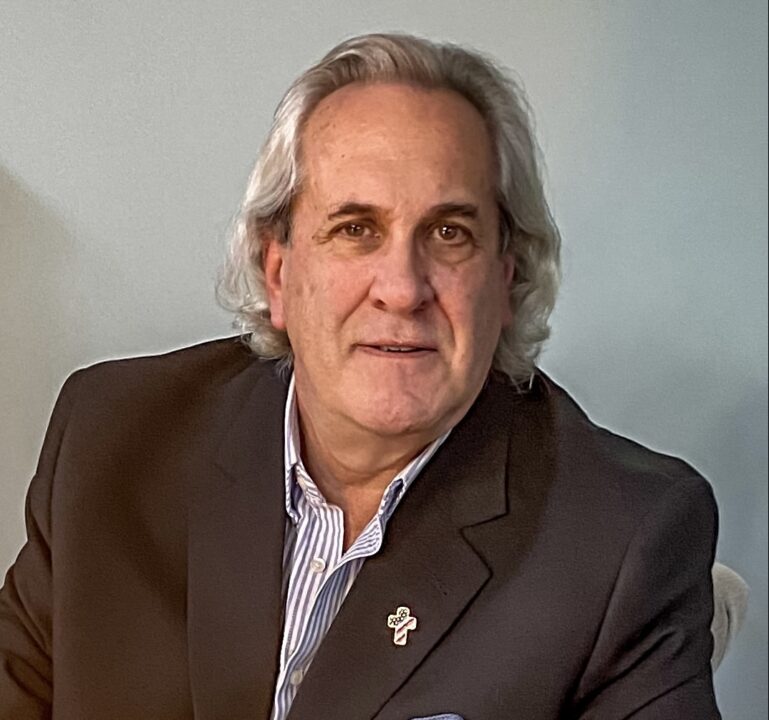I grew up in Lawrence, Massachusetts. It was a mill town created around the power of the Merrimack River that would fuel the factories. Those factories attracted people from many lands who came to America and came to Lawrence to cash their tickets for the American Dream. Many cities and towns in New England were born this way and offered a landing spot for the legal immigrants who came by ship in the 19th century to become Americans and build the greatest country of the twentieth century. These new Americans were caught in a personal struggle to assimilate into a new culture while holding firmly onto their roots.
Lawrence was a microcosm of America. Like America, a collection of fifty individual states with their own cultures and personalities, Lawrence was a collection of neighborhoods with nationalities and identities. Each section had its churches named after their patron saints and corner markets that catered to the foods familiar to their culture. You could walk through each area and hear a different language spoken on the front porches. Each section of the city had its elementary school.
Not until high school did many of the children get their first look into cultures other than their own. It was as teenagers that we began the homogenization of the city. That process was not without challenges. I can remember my Italian Grandparents having issues with my French or Irish friends or not being able to date a certain girl because her Jewish parents would not allow her to date a Catholic. There were some bumps in the road, but time seemed to ease these early prejudices. We assimilated into one Lawrence, into one America. There was never a doubt that we were all proud Americans, as we still celebrated our holidays and traditions.
The city’s character began to change dramatically in the seventies and eighties. The European influx eased as the immigrants from the South Pacific and Central America started to find the towns of New England. The most significant difference with this wave of people was a reluctance to assimilation and a desire to change their new land to resemble their homeland. The influx was so great that the new residents forced the Irish, Italian, Portuguese, French, and German immigrants who had built the city to leave. This sad exodus left a shell of a city still struggling to survive. This diversity did not unite a city but fractured it badly.
Today, we are in a new phase of diversity. Not only have we had as many as ten million illegal migrants enter our country with no plans to blend in, but to change America, we are finding unique ways to put everyone into a specific box. Society finds or creates a label for everyone, and that label isolates people from others. There is no opportunity for unity if everyone is isolated into their box. Diversity used to aim to blend everyone like a beautiful quilt, but now it is a collection of boxes that are not allowed to mix with others.
Only when we lose our infatuation with labels and return to a singular classification as Americans will we heal this divide that threatens to take down this great country. This will only happen when the Party of Labels realizes their plan is failing, and we will have a chance at healing. It had better happen soon, before the country was not divided but dead.

